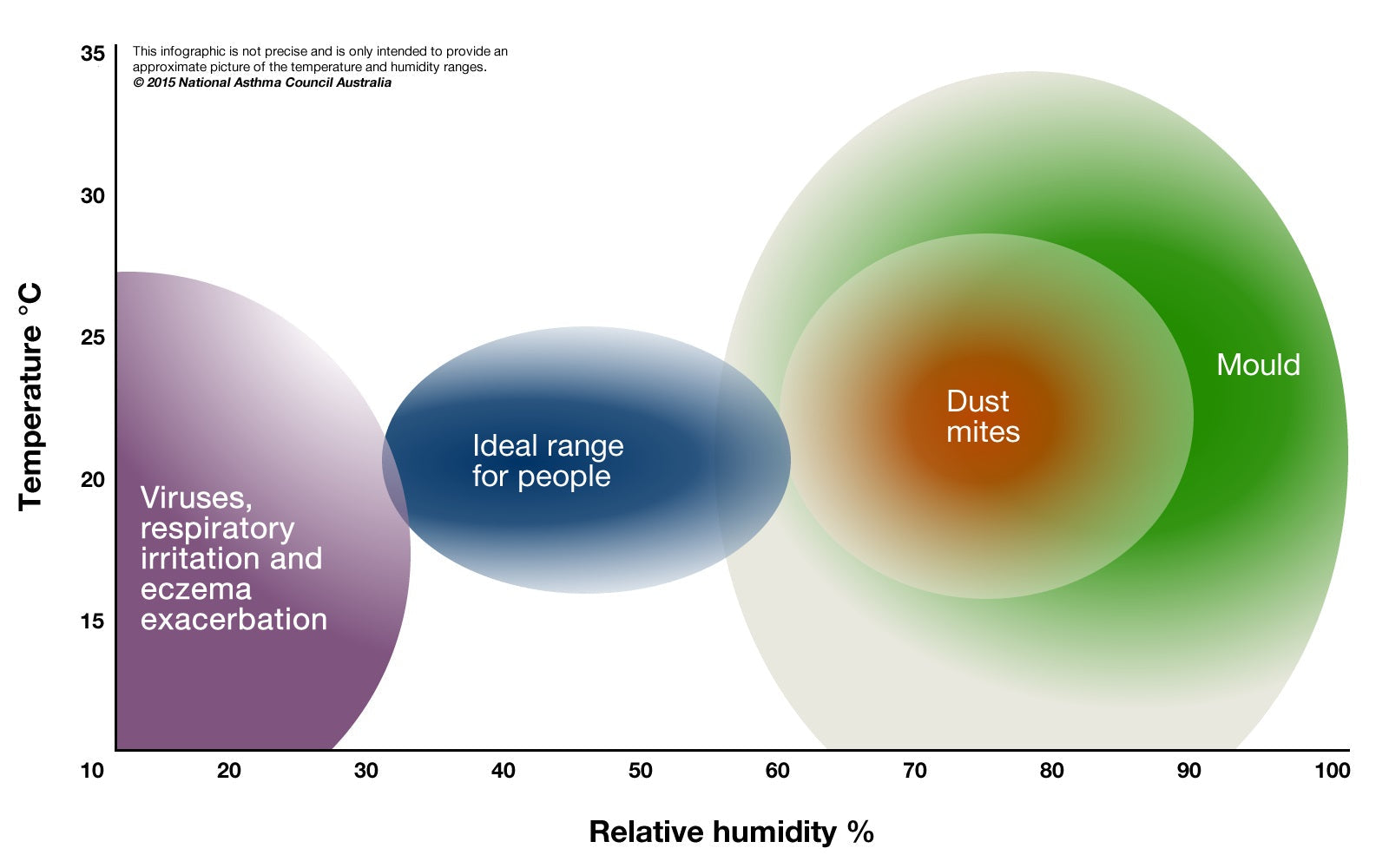
Prevent Excess Humidity: Protect Your Home!
Understanding Indoor Humidity
Indoor humidity refers to the amount of moisture present in the air inside your home or building. Keeping humidity levels in check isn’t just about comfort—it’s essential for protecting your property, maintaining good air quality, and safeguarding your health.
For most homes and offices, the ideal indoor humidity range is between 30% and 50%.
Below 30%: The air becomes too dry, leading to dry skin, respiratory discomfort, and cracking in wood or furniture.
Above 50%: The air holds too much moisture, creating a breeding ground for mold, mildew, dust mites, and bacteria.
Humidity is influenced by many factors, including outdoor weather conditions, building ventilation, and everyday activities such as cooking, showering, or even how you heat and cool your home.
Signs Your Indoor Humidity is Too High
When moisture levels creep above the ideal range, warning signs often appear:
- A persistent musty or damp odor
- Condensation on windows and walls
- Mold spots on ceilings, walls, or in the corners of rooms
- Swelling, warping, or rotting of wood
- Peeling paint or wallpaper
If you notice any of these red flags, it’s time to act before small issues turn into expensive repairs.
How Excess Humidity Damages Your Home from the Ground Up
High humidity doesn’t just make the air feel sticky—it actively damages your property over time. Common issues include:
-
Warped Hardwood Floors
Moisture causes wood to swell, leading to buckling, cupping, or permanent warping. Repairs can be costly, and in severe cases, full replacement is necessary. -
Peeling Wallpaper & Damaged Paint
High humidity weakens adhesives, causing wallpaper to bubble or peel. This creates entry points for mold and can ruin your home’s aesthetic. -
Mold & Mildew Growth
Mold thrives in moist environments, especially in crawl spaces, basements, and bathrooms. Beyond property damage, mold spores can trigger allergies, asthma, and other respiratory issues. -
Structural Damage
Excess moisture rots wood, corrodes metal supports, and even weakens concrete over time—threatening your home’s structural integrity. -
Persistent Musty Odors
Damp air leaves a lingering smell that can permeate furniture, clothing, and carpets, making your home feel less inviting.
Why Crawl Spaces Are a Hidden Source of Humidity
Many homeowners overlook the crawl space when tackling humidity issues. Yet, moisture from the ground can easily enter your home through an unsealed or poorly ventilated crawl space. This is due to the stack effect, where air (and moisture) from the crawl space rises into your living areas, spreading humidity, odors, and mold spores throughout your home.
If your crawl space is exposed to bare soil or poorly sealed concrete, it’s essentially an open door for ground moisture to infiltrate.
Protect Your Home with a Vapor Barrier
The most effective long-term solution for moisture rising from the ground is crawl space encapsulation with a durable vapor barrier. By sealing the crawl space floor and walls, you block humidity before it can enter your home—protecting your foundation, improving air quality, and preventing costly repairs.
